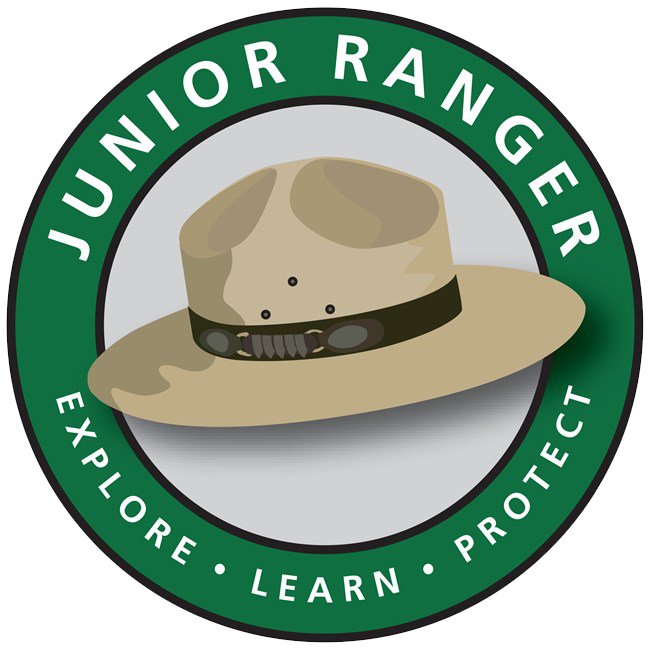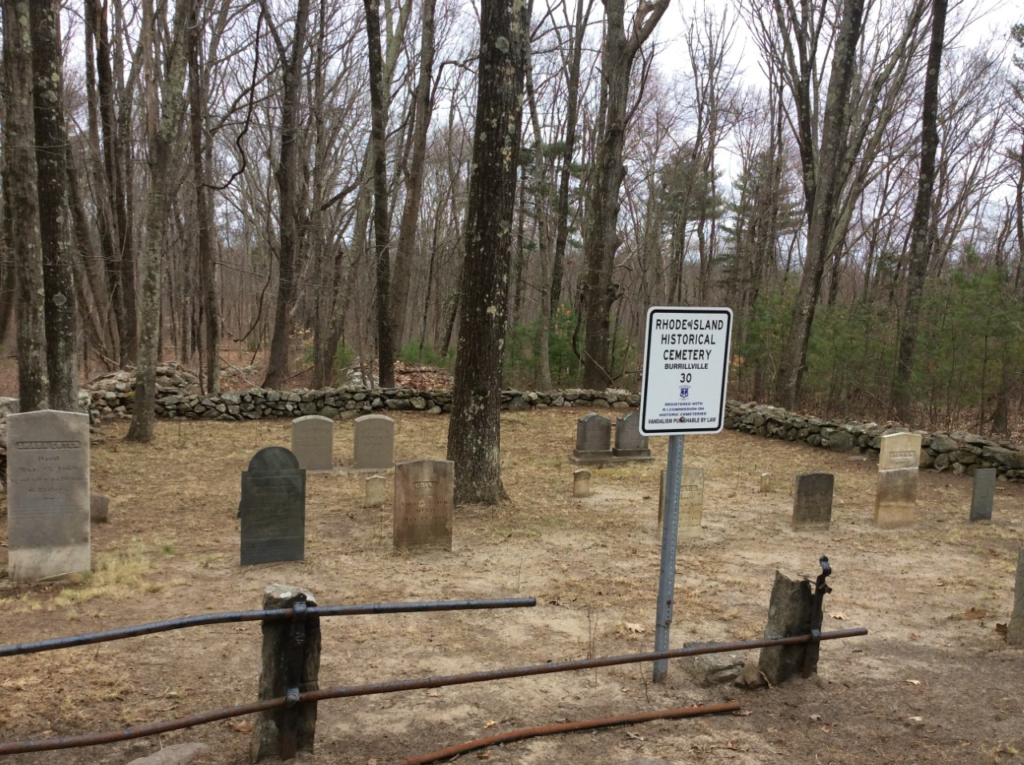A cemetery or graveyard is a place where the remains of dead people are buried. The word cemetery (from Greek κοιμητήριον, “sleeping place”) implies that the land is specifically designated as a burial ground. The term graveyard is often used interchangeably with cemetery.
Gravestones are key features in a cemetery. Their purpose is to provide a remembrance of a person that has died, tell their name, date of birth, and date of death. Other key features could include artwork, text describing that person’s life, a quote or an epitaph.
Epitaphs were popular additions on gravestones in the 1700s and 1800s. These short stories or poems were sometimes shocking, often witty, and delighted in turning the most painful experience into rhymes, wisecracks, or jokes. It was the humor written by these early authors that makes these epitaphs so engaging and serve as a reminder, perhaps, not to take life quite so seriously.

“Reader pass on and ne’er waste your time, On bad biography and bitter rhyme, For what I am this cumb’rous clay insures, And what I was is no affair of yours.” This is from the grave of Mary Lefavour. She died in 1797 at 74 years of age in Topsfield, MA.
Can you write your own epitaph? Would you want it to be silly or serious? Visit a cemetery near you and see what you can discover.
Please do not do any rubbings on the gravestone as this can potentially damage the stone.
Download our Junior Ranger Cemetery Discovery Guide,




